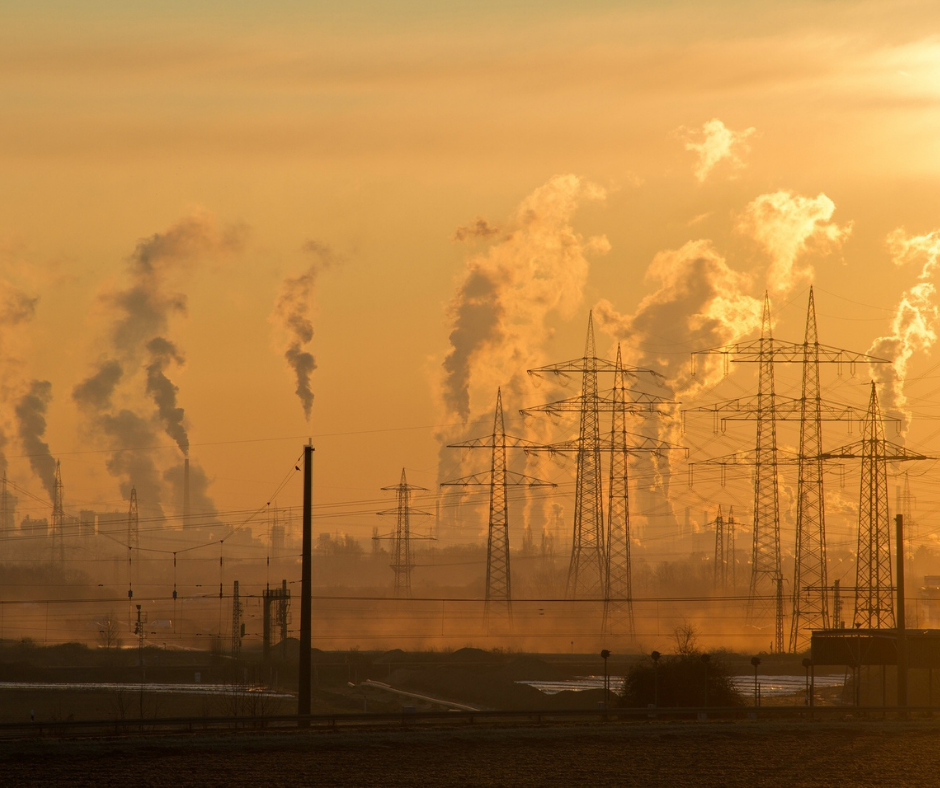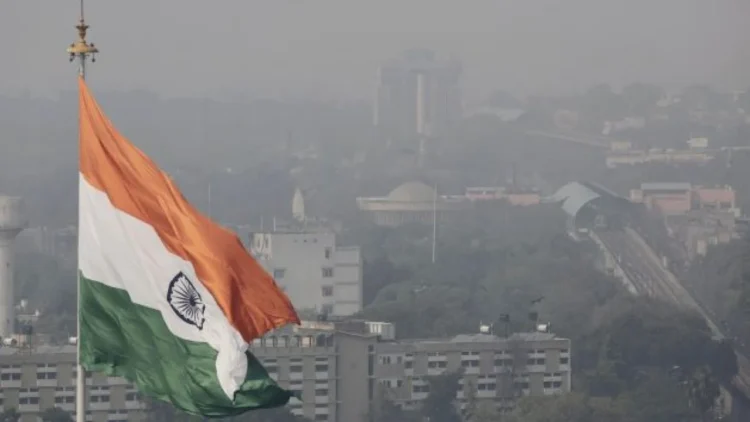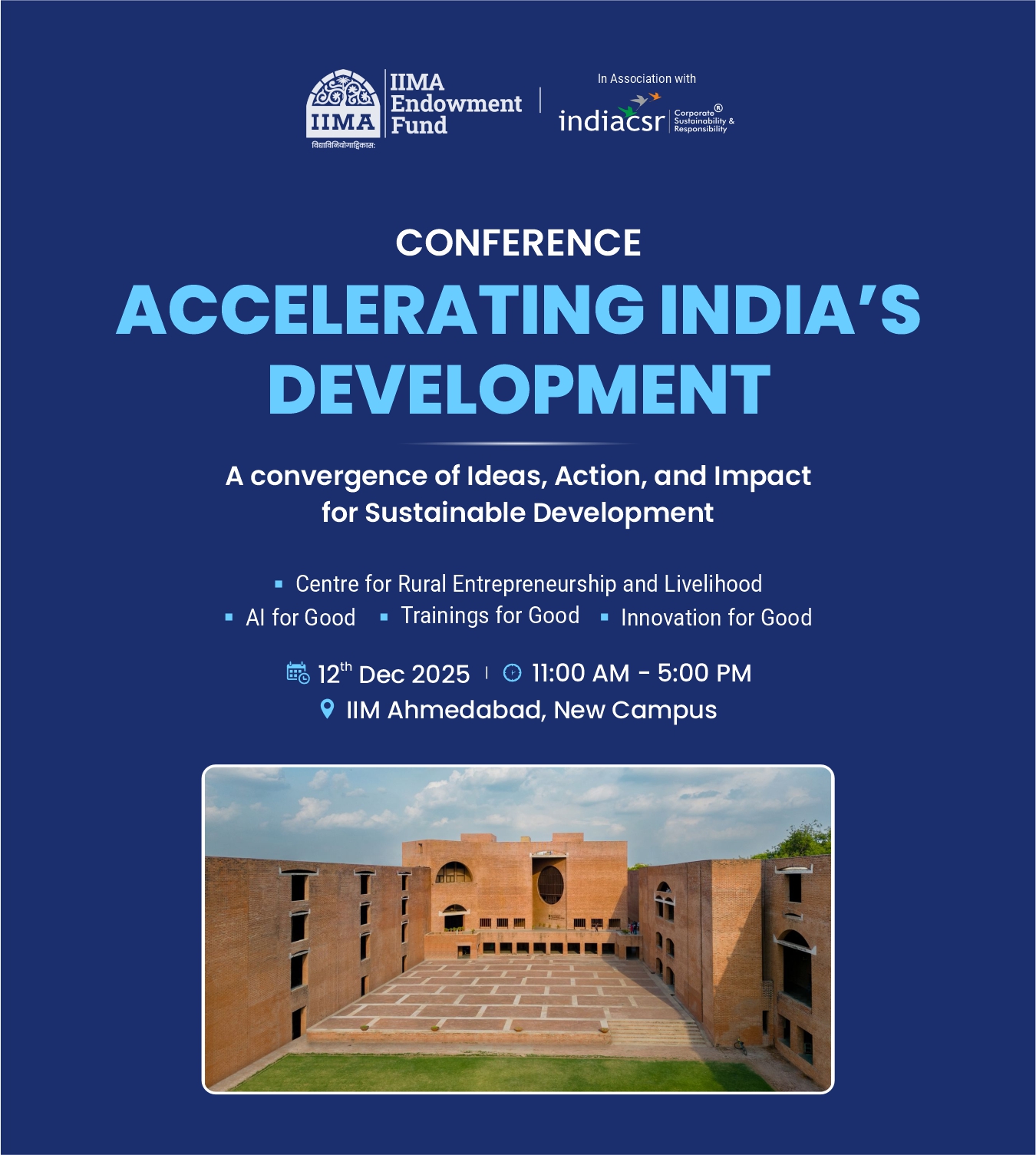Fossil fuels are behind over 750,000 deaths yearly, while wildfire smoke adds 10,000 more.
NEW DELHI: A major new study shows that India is tied to about 70% of all deaths around the world caused by air pollution. This comes from the 2025 Global Report on Health and Climate Change by the Lancet Countdown.
Experts from University College London teamed up with the World Health Organization (WHO) to create the report. It points out that in India, harmful tiny particles in the air—known as PM2.5 from human activities—lead to roughly 1.72 million deaths every year. That’s a 38% jump compared to 2010. For the whole world, air pollution causes 2.5 million deaths each year.
Burning fossil fuels like coal and liquid gas plays a big role, linking to 752,000 deaths—or 44% of the total. Coal by itself causes 394,000 of those, mostly from power plants that alone account for 298,000 deaths. On the roads, petrol use in vehicles adds another 269,000 deaths.
The study also looked at smoke from wildfires (another source of PM2.5) between 2020 and 2024. That smoke leads to about 10,200 deaths per year on average—a 28% rise from the 2003-2012 period.

Dirty fuels used for cooking and heating in Indian homes make things worse, driving up death rates. In 2022, this household pollution caused an average of 113 deaths for every 100,000 people. Rural spots saw even higher numbers at 125 per 100,000, while urban areas hit 99. The money lost from early deaths due to outdoor air pollution in India totaled $339.4 billion that same year—about 9.5% of the country’s GDP.
The report also covers how heat is hitting India hard. In 2024, people there dealt with 50% more days of intense heatwaves than usual, adding an average of 366 extra hours of risky heat exposure that could cause moderate or worse stress. This cut into work time, with folks losing about 419 hours of labor per person each year—more than double (124% higher) the losses from the 1990s. All that could mean up to $194 billion in lost earnings from lower productivity in 2024.
Dry spells are getting longer too: Areas facing at least one month of severe drought yearly have grown by 138%, from 14.1% of the land in 1951-1960 to much more in 2015-2024. Hotter conditions are also spreading illnesses faster, like dengue from Aedes albopictus mosquitoes and coastal infections from Vibrio bacteria.
Over the last 70 years, the basic spread rate for dengue has doubled. In coastal areas, Vibrio cases are now 46% above the levels seen from 1982 to 2010.
(India CSR)





